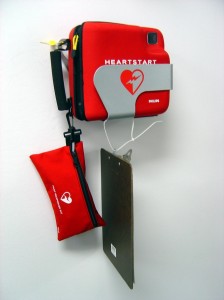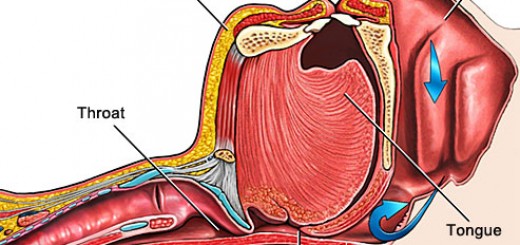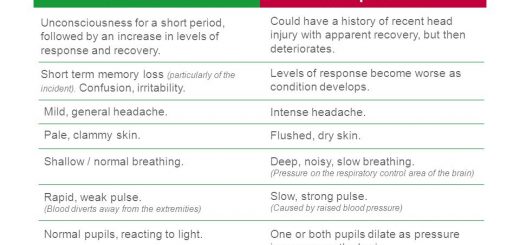How does a defibrillator work?
This post is an excerpt from our free online AED course which covers the theory and practical aspects of using an Automated External Defibrillator (AED).
So what is defibrillation? How does a defibrillator work? If you’ve ever watched ER you’ll have a vague idea – pads connected to a persons chest, lots of doctors running around shouting “Charging” and “Clear!” before patient jumps into the air as an electric shock flows through them. So what exactly is going on here?
In the last unit we explained that when someone suffers a “cardiac arrest”, their heart stops beating.
The heart is a muscle which is controlled by electrical activity. Normally, this electrical activity keeps the heart pumping in a co-ordinated way. This co-ordinated electrical activity allows the heart to pump blood around our body.
The heart can sometimes go into a funny rhythm, where all the electrical activity is disorganised and random.
When this happens, the heart is no longer able to pump blood around the body. The funny rhythm is caused by disorganised electrical activity and the pumping action of the heart no longer works. The person will stop breathing and this is a cardiac arrest!
So how does defibrillation help?
A defibrillator is a device which delivers an electrical shock to the heart to stop all this disorganised electrical activity, this gives the heart a chance to start in a normal rhythm again.
An AED is an Automated External Defibrillator – a defibrillator which can be used by anyone with no medical training as everything is fully automated.
An AED will analyse the heart rhythm in a patient, if appropriate it will then deliver a controlled electrical shock to the patient.
Watch the following video which explains more about defibrillation:






